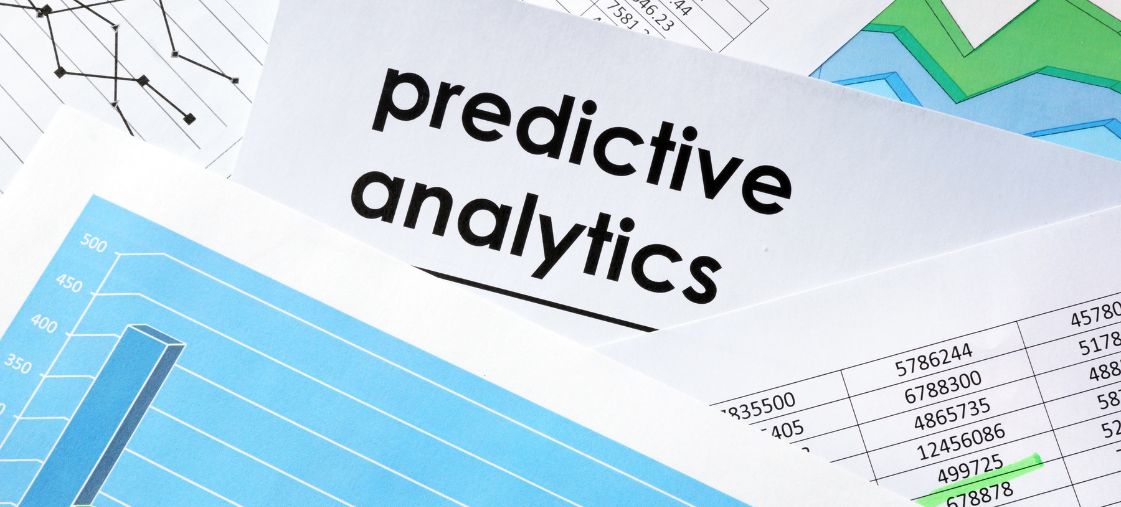
Predictive Analytics for Local Marketing: Transforming Business Intelligence
Predictive analytics for local marketing has revolutionized how businesses connect with their community-based customers. This powerful approach combines data mining, statistical algorithms, and machine learning techniques to identify patterns and predict future outcomes, giving local businesses a competitive edge in their marketing efforts.

Understanding Predictive Analytics in the Local Context
At its core, predictive analytics transforms raw data into valuable insights that drive strategic decision-making. For local businesses, this means analyzing customer behavior, market trends, and geographical data to anticipate needs before they arise. Predictive modeling techniques enable businesses to forecast customer preferences, optimize marketing campaigns, and allocate resources more effectively within specific geographic areas.
Unlike traditional marketing approaches that rely on historical data and intuition, predictive analytics leverages sophisticated algorithms to process vast amounts of information. This scientific approach removes guesswork from marketing strategies, allowing businesses to target the right customers with the right message at precisely the right time.
Key Benefits of Predictive Analytics for Local Marketing
1. Enhanced Customer Segmentation
Predictive analytics enables hyper-targeted segmentation based on multiple factors:
- Geographic location and proximity to business
- Demographic information (age, income, education)
- Behavioral patterns and purchase history
- Psychographic profiles and lifestyle choices
- Interaction with previous marketing campaigns
This granular segmentation allows businesses to craft personalized marketing messages that resonate with specific local customer groups, significantly improving conversion rates.
2. Optimized Marketing Budget Allocation
By analyzing historical campaign performance data, predictive models can forecast which marketing channels and tactics will yield the highest ROI for specific local markets. This intelligence helps businesses:
- Allocate marketing budgets more efficiently
- Reduce wasteful spending on underperforming channels
- Identify high-potential micro-markets within larger regions
- Adjust spending in real-time based on performance indicators
3. Improved Customer Retention
Predictive analytics excels at identifying customers at risk of churning. By analyzing behavioral signals and engagement patterns, businesses can proactively address customer concerns before they result in lost business. This proactive approach is particularly valuable for local businesses where customer relationships are often more personal and direct.
Implementing Predictive Analytics for Local Marketing: A Step-by-Step Guide
Step 1: Define Clear Objectives
Begin by identifying specific business goals that predictive analytics can help achieve:
- Increasing foot traffic to physical locations
- Boosting conversion rates for local digital campaigns
- Improving customer retention in specific neighborhoods
- Optimizing pricing strategies based on local market conditions
- Identifying cross-selling opportunities within the local customer base
Step 2: Collect and Integrate Relevant Data
Successful predictive analytics requires comprehensive data from multiple sources:
- Customer relationship management (CRM) systems
- Point-of-sale (POS) transaction records
- Website and mobile app analytics
- Social media interactions and sentiment
- Local demographic and economic data
- Competitor activity and market intelligence
The integration of these diverse data sources into a unified marketing data warehouse is crucial for developing accurate predictive models. This centralized repository ensures data consistency and accessibility for analysis.
Step 3: Select Appropriate Predictive Models
Different business objectives require different predictive modeling approaches:
- Regression models: Forecast continuous outcomes like sales volume or customer lifetime value
- Classification models: Predict categorical outcomes such as customer segments or response likelihood
- Clustering algorithms: Identify natural groupings within customer data
- Time series analysis: Detect seasonal patterns and trends in local market behavior
- Association rules: Uncover relationships between products or services frequently purchased together
Step 4: Develop and Test Predictive Models
Model development involves:
- Preparing and cleaning data to ensure quality
- Selecting relevant features (variables) that influence outcomes
- Training models using historical data
- Validating models with test data to assess accuracy
- Fine-tuning models to improve performance
It’s essential to test multiple modeling approaches to determine which delivers the most accurate predictions for your specific local marketing challenges.
Step 5: Operationalize Insights
Transforming predictive insights into actionable marketing strategies involves:
- Creating automated marketing workflows triggered by predictive signals
- Developing personalized content and offers based on predicted preferences
- Implementing location-based marketing tactics informed by geographic insights
- Establishing real-time decision systems for dynamic marketing adjustments
- Training marketing teams to interpret and act on predictive insights
Advanced Techniques in Predictive Analytics for Local Marketing
Geospatial Analysis
Geospatial predictive analytics combines location data with other variables to identify geographic patterns and opportunities. This approach enables:
- Trade area analysis to determine optimal service boundaries
- Site selection for new locations based on predicted performance
- Geo-targeted advertising with precision messaging
- Competitive intelligence through spatial market analysis
Real-Time Predictive Marketing
Advances in computing power and marketing automation platforms now enable real-time predictive analytics that can:
- Deliver personalized offers while customers are in-store
- Adjust digital ad bidding strategies based on predicted conversion likelihood
- Modify website content dynamically based on visitor behavior predictions
- Trigger location-based notifications when customers enter relevant areas
Predictive Customer Journey Mapping
This sophisticated approach models the entire customer journey, predicting:
- Optimal touchpoints for engagement at each journey stage
- Likely conversion paths for different customer segments
- Potential obstacles or friction points in the purchase process
- Timing and content preferences for follow-up communications
Overcoming Challenges in Predictive Analytics Implementation
Despite its powerful benefits, implementing predictive analytics for local marketing presents several challenges:
Data Quality and Integration Issues
Solution strategies include:
- Establishing data governance protocols to ensure consistency
- Implementing data cleaning and validation processes
- Investing in integration technologies that connect disparate systems
- Creating standardized data definitions across the organization
Skills and Resource Constraints
Smaller local businesses can overcome resource limitations by:
- Leveraging user-friendly predictive analytics platforms designed for marketers
- Partnering with analytics service providers for specialized expertise
- Focusing on high-impact use cases with clear ROI potential
- Implementing solutions incrementally to build capabilities over time
Privacy and Ethical Considerations
Responsible predictive analytics practices include:
- Maintaining transparency about data collection and usage
- Obtaining appropriate consent for personalized marketing
- Anonymizing data when possible to protect individual privacy
- Establishing ethical guidelines for predictive marketing applications
- Complying with relevant regulations like GDPR, CCPA, and local privacy laws
The Future of Predictive Analytics in Local Marketing
As technology continues to evolve, predictive analytics for local marketing will become increasingly sophisticated and accessible. Emerging trends include:
- AI-powered predictive engines that continuously learn and improve
- Integration of voice search and smart device data into predictive models
- Augmented reality applications informed by predictive customer insights
- Blockchain-based solutions for secure, transparent data sharing
Businesses that embrace predictive analytics today will build the foundation for competitive advantage in tomorrow’s local marketing landscape. By transforming data into actionable insights, companies can create more meaningful connections with their local customers, optimize marketing investments, and drive sustainable growth in their communities.


